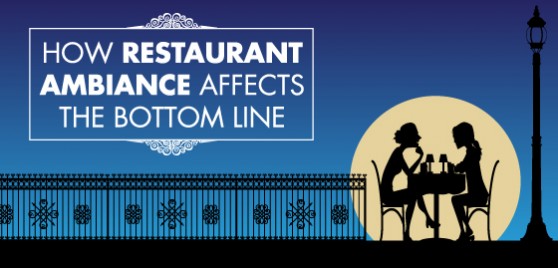

related words - rather than just direct synonyms.Īs well as finding words related to other words, you can enter phrases and it should give you related words and phrases, so long as the phrase/sentence you entered isn't too long. These algorithms, and several more, are what allows Related Words to give you. Another algorithm crawls through Concept Net to find words which have some meaningful relationship with your query. The vectors of the words in your query are compared to a huge database of of pre-computed vectors to find similar words. One such algorithm uses word embedding to convert words into many dimensional vectors which represent their meanings.

Related Words runs on several different algorithms which compete to get their results higher in the list. We must learn to spell proper, if we are going to speak proper. Again, this is technically not correct and given that there a commonly established correct way of spelling the word and that the word is not being used as a brand name it should therefore, be spelled correctly. “Ambiance” is often associated with branding and descriptions in art and design contexts. “Ambiance” has become an acceptable alternative spelling through its common and popular usage. Unless of course there were two forms of spelling and both were deemed acceptable.īack to the word “Ambiance” vs “Ambience”, the latter is far more common in all recent varieties of the English language even as it endured modifications through the centuries. Bear in mind that most legal requirements for registering trademarks and logo marks also preclude common usage words, in that case, the alternative word could be used as there would appear to be no such word in the English language. They just stand out and provide a certain unique quality.
#Ambiance or ambience how to
But when considering how to write effective English advertising copy using descriptive words that are used in common parlance, one is often drawn to phonetically correct words that are in fact spelled incorrectly, on purpose. The above background does not yet explain the use of misspelled words. This is usually in small character font at the bottom of the advertising which seems to have grown in detail of course. The description of legal aspects concerning the product offering, finance and usage. Notice how words used in conjunction with the advert have been reduced to bare essentials often describing emotions and results. Notice how images have taken over from the long-form copy. One can see the evolution of this phenomenon in advertising copy over the decades. This applies both to the creation of written/descriptive material and the digestion of the material to conclude effective communication. It stands to reason that anything that can speed up our understanding of a concept using fewer words will be preferred over lengthy essays describing the same. With an abundance of time one can achieve a great many things, without it precious little progress is possible.

We live in a modern age where time has become one of the most highly sought after commodities. It appears the English language is losing its edge in the modern age.

Incorrectly spelled “Ambiance” is just one of many words that are rapidly being adopted in product, design and trend descriptions. This alone should give precedence to the word, never mind that English native speakers ought to be spelling it accordingly regardless. Should you want to dig further you will find the English spelled “Ambience” has in fact been in existence longer than “Ambiance”. Ironic, given the historic mutual dislike of the French and English people. “Ambiance” is in fact, the way the French would spell the word. As an English proficient native speaker, one would hopefully have picked up on a glaringly obvious error in the spelling of the word that describes the general retrospective mood or character their products reflect. Take the lightbulb product design brand Hoi P’loy (the subject of today’s rant) for instance. Misspelling can lead to erosion of brand values as it reflects a certain lack of care and disrespect. It represents all that is sacred about an enterprise’s product offering. A brand description should be devoid of spelling errors.


 0 kommentar(er)
0 kommentar(er)
